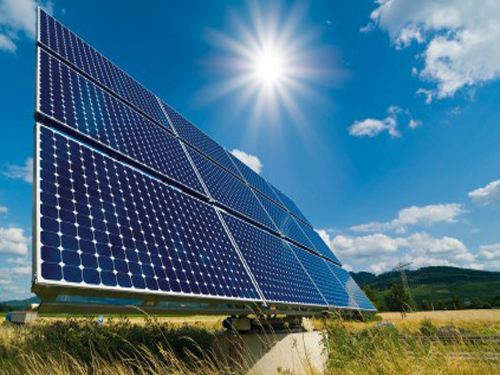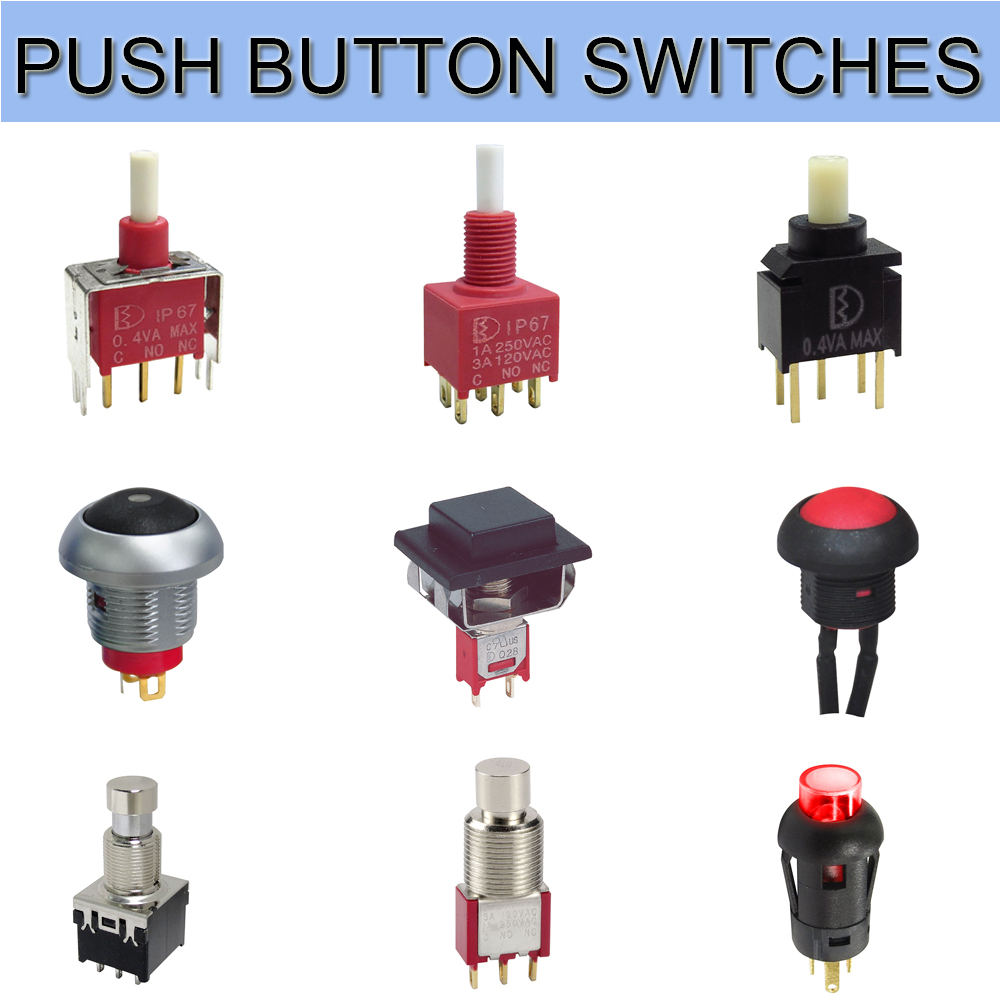
Recently, JinkoSolar has released its unaudited financial reports for the full year and the fourth quarter of 2014.
According to the report, JinkoSolar achieved a revenue of 2.97 billion yuan in the fourth quarter of last year, an increase of 16.0% and 35.8% year-on-year and a year-on-year increase. Last year, it achieved a total revenue of 9.98 billion yuan, an increase of 41.0% from 2013.
It is worth mentioning that in the fourth quarter of 2013, JinkoSolar photovoltaic power plant project revenue accounted for only 1.36% of total revenue, and in the fourth quarter of last year, the company's photovoltaic power plant project revenue achieved 80.4 million yuan, not only This was an increase of 68.6% from the previous quarter, which accounted for 2.7% of total revenue, an increase of 1.34 percentage points from the fourth quarter of 2013.
In addition, as of December 31, 2014, the scale of grid-connected power generation of JinkoSolar Photovoltaic Power Plant project was 502.6 MW, and the annual revenue of solar power plant project reached 237.6 million renminbi, an increase of 209.7% from 76.7 million renminbi in 2013. .
Photovoltaic products are growing rapidly in production and sales
Although revenue from photovoltaic power plant projects has increased significantly, JinkoSolar’s ​​main revenue still comes from the manufacture and sales of photovoltaic products, and this business has also seen rapid development in the past year.
According to the report, in the fourth quarter of 2014, the total shipments of third-party solar products delivered by the company was 838.2 MW, an increase of 18.4% from 708.2 MW in the previous quarter and a rise of 43.0% from 586.3 MW in the same period of last year; total solar modules Shipments of 1078.3 MW, of which 339.1 MW were used for the company's downstream projects.
Looking at last year, JinkoSolar's total solar module shipments reached a record high of 2943.6 megawatts, of which 520.4 megawatts was used for the company's downstream solar projects. The total volume of solar energy products delivered to third parties also broke record, reaching 2787.1 megawatts (including 2423.2 megawatts of solar modules, 229.6 megawatts of silicon wafers, and 134.3 megawatts of solar cells), up from 1933.1 megawatts in 2013. %.
Jin Jing Global Brand Director Qian Jing revealed to reporters: “From the overall perspective of last year, the company’s global development trend was even better than expected. Among them, the United States and emerging markets performed the most dazzlingly. Although the European market is difficult, our The European sales team still outperformed the challenge with impressive results. In a comprehensive view, the ratio of Jingke Energy's exports to domestic sales is approximately 50% each.
Thanks to this, Jinko Solar's net profit attributable to Jinkee Energy's ordinary shareholders in 2014 was RMB 673 million, which was much higher than RMB 188 million in 2013.
According to Chen Kangping, CEO of JinkoSolar for the PV power station project, “Because of the cold weather at the end of 2014 and the slower connection process, the company’s partial project connection date was lower than expected. Finally, in the fourth quarter of last year, the scale of our PV project was completed. It is 270 MW with a grid capacity of 150 MW. However, JinkoSolar is expected to have a grid-connected scale of approximately 360 MW in the first half of 2015.
Continue to be optimistic about the development of photovoltaic market
JinkoSolar expects its module shipments in the first quarter of 2015 to be between 710 megawatts and 780 megawatts, of which 550 megawatts-600 megawatts will be used for third parties and 160 megawatts-180 megawatts for The company's own downstream projects; In addition, the Jinko energy also expects its 2015 total solar module shipments will be between 3.3 GW -3.8 GW, of which 2.7 GW -3 GW for third parties. The annual scale of new photovoltaic projects is expected to be between 600 megawatts and 800 megawatts.
Taking into account that the global solar market is likely to grow by 15%-20% in 2015, JinkoSolar will continue to diversify its business geographical map.
“In many key solar markets, oil is mainly used for transportation rather than power generation, so we believe that the drop in oil prices will have minimal impact on solar energy fundamentals.†Chen Kangping claimed that “in many key markets, especially China, the attention of society to environmental protection issues The degree of continuous warming has become one of the important factors in promoting the growth of solar energy market demand."
It is worth mentioning that, in December 2014, JinkoSolar announced that according to the experimental results of Germany's TUV Rheinland Test Center, the Company's Eagle+ module has achieved a new high level of power in its 60-chip polycrystalline cell modules. Under standard test conditions (STC), the Eagle+ module has a power of up to 306.9 watts, while the current industry average power of 60-cell polycrystalline modules is 255 watts.
"In the future, the company will continue to invest in research and development. The company will continue to work hard to maintain the leading edge in the technology, quality and cost," and for the market, Qian Jing also told reporters, "2015, China, Japan and The United States is still the key market that is of utmost importance. The earlier overseas manufacturing layout will allow us to attack and retreat in response to the double negative issues. For emerging markets, due to the unpredictability is still strong, we will Estimate carefully, but make adequate preparations."
The Push Button Switches, also known as the control button (referred to as the button), is a low-voltage electrical appliance that is manually and generally can be automatically reset. The Push Button Starter Switch is usually used to issue a start or stop command in the circuit to control the turning on and off of electrical coil currents such as electromagnetic starters, connectors, and relays.
The On Off Push Button Switches refers to a switch that pushes the transmission mechanism with a button to make the movable contact and the static contact open or close and realize circuit switching. It is a master control device with a simple structure and a wide range of applications. In the electrical automatic control circuit, used to manually send control signals to control connectors, relays, electromagnetic starters, etc.

This Pushbutton Switches is a kind of electric device that is used to switch on and off the small current circuit when the action is released. Generally used in AC and DC voltage below 440V, the current is less than 5A in the control circuit, generally do not directly manipulate the main circuit can also be used in the interconnection circuit. In actual use, in order to prevent desperation, different marks are usually made on the buttons or painted with different colors, and the colors are red, yellow, blue, white, black, green, and the like.

The Momentary Push Button Switch could be divided into metal push button switches and Led Light Switches and ordinary snap button type, mushroom head type, self-locking type, self-resetting type, rotary handle type, with indicator light type, lighted symbol type and key type, etc., with single button and double Buttons. Generally, it adopts a water-storage structure, which consists of a button cap, a return spring, a static contact, a moving contact and a casing. It is usually made into a composite type, and has a pair of normally closed contacts and normally open contacts, and some products can pass. The series connection of multiple elements increases the number of contact pairs. There is also a self-contained button that automatically holds the closed position when pressed, and can be turned on only after the power is turned off.
When the Metal Switches is not pressed, the movable contact is connected with the upper stationary contact. The pair of contacts is called a normally closed contact. At this point, the movable contact is disconnected from the following static contact. The pair of contacts is called a normally open contact: the button is pressed, the normally closed contact is open, the normally open contact is closed, and the button is released. Restore the original working state under the action of the return spring
Push Button Switches
Push Button Switches,Push Button On Off Switch,Push Button Switch Types,Square Push Button Switches
YESWITCH ELECTRONICS CO., LTD. , https://www.yeswitches.com